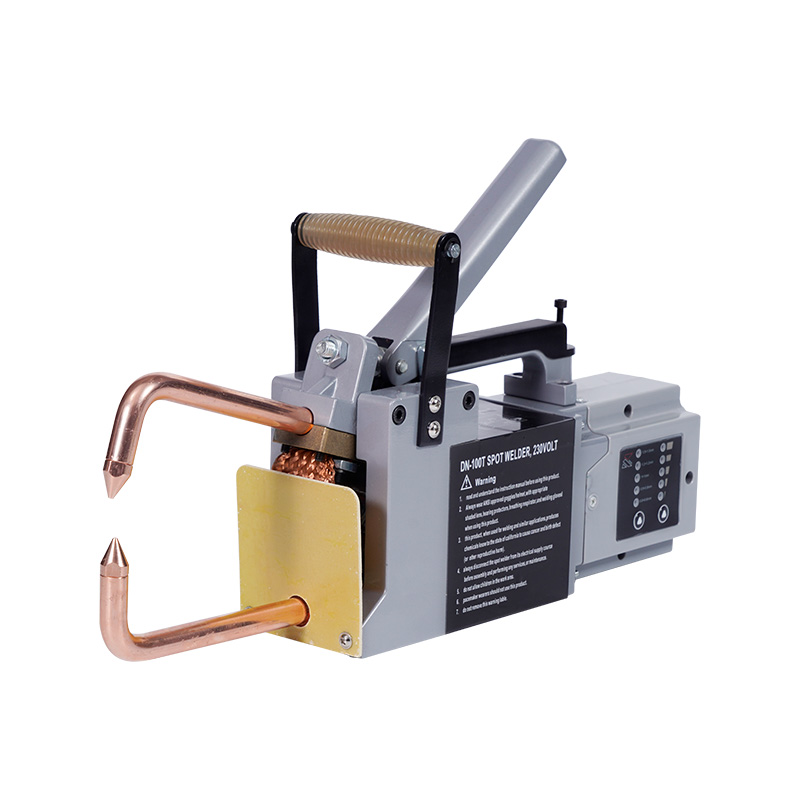Spot welding stands as a cornerstone in the realm of metal joining processes, offering a fast, efficient, and reliable method for creating strong bonds between metal sheets or components. This widely adopted technique has significantly transformed manufacturing across various industries, owing to its versatility, speed, and ability to produce robust welds in high-volume production settings.
At its core,
spot welding is a resistance welding process that fuses metal surfaces by applying heat generated from electrical resistance at specific points. The process involves clamping metal sheets between copper alloy electrodes and passing a high current through the materials at the desired spot. This creates localized heat, melting the metal at the interface, and upon cooling, forms a solid weld nugget.
One of the primary advantages of spot welding lies in its speed and efficiency. The process is rapid, and capable of creating multiple welds in quick succession, making it ideal for high-volume manufacturing environments. This efficiency makes spot welding a preferred choice in automotive, aerospace, appliance manufacturing, and other industries where mass production is essential.
The simplicity and versatility of spot welding allow for the joining of various metals and alloys, including steel, aluminum, and stainless steel. This capability to weld dissimilar metals or different thicknesses together makes it a versatile solution for creating strong, durable welds in assemblies with diverse material compositions.
spot welding produces welds with minimal distortion to the surrounding materials. This characteristic is particularly advantageous in applications where maintaining the integrity and appearance of the metal surface is crucial, such as in automotive body assembly or electronic enclosures.
Another notable feature of spot welding is its suitability for automation. Robotic spot welding systems are extensively employed in manufacturing, providing consistent and precise welds with minimal human intervention. Automated spot welding not only ensures repeatability and accuracy but also enhances safety by minimizing worker exposure to high temperatures and fumes.
advancements in spot welding technology have led to innovations in equipment design, control systems, and electrode materials. Modern spot welding machines incorporate sophisticated control mechanisms, such as adaptive control and monitoring systems, ensuring precise control over welding parameters and improving weld quality.
Despite its numerous advantages, spot welding does have limitations. It may not be suitable for thicker materials or highly complex joint configurations. However, advancements in welding techniques and equipment, such as advanced welding guns and multi-spot welding systems, have addressed some of these limitations, allowing for greater versatility and applicability.
spot welding stands as a vital metal joining technique that has significantly impacted modern manufacturing. Its speed, efficiency, versatility, and ability to produce strong, consistent welds in high-volume production settings make it an indispensable process across various industries. As technology continues to evolve, further innovations in spot welding techniques and equipment are anticipated, continuing to shape the landscape of metal fabrication and production.

 2024.01.19
2024.01.19
 Industry News
Industry News
